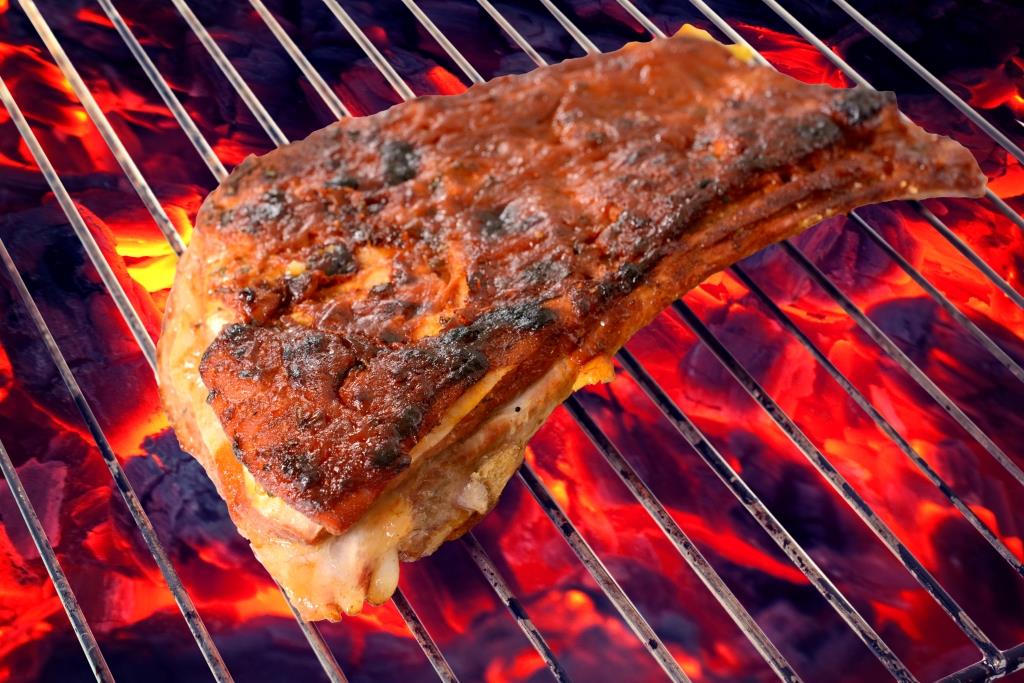There Is More than One Way to Cook a Piece of Meat
While the professionals working for a marine catering service normally visualize meat preparation as a process that involves cooking that same source of protein over hot embers or a gas burner, an on-board chef might elect to prepare a slab of meat in a different way. Both hot embers and a gas burner represent sources of direct radiant heat. Yet any food can also get cooked by methods that rely on an indirect form of radiant heating. The experts at a maritime catering company should understand the reason that an on-board chef might care to utilize those methods that employ indirect heat. Such chefs often have to deal with a large cut of meat. Indirect grilling has been shown to provide cooks with a most effective means for preparing cuts of that sort.
Examples of indirect heat in an on-board kitchen
A grill with a lid holds the capacity for heating any food indirectly. Once the grill has been put in place, it manages to form a closed space, one that can trap hot air. The environment under the grill’s lid shares at least one of the features that can be found in a hot oven. Convection causes the hot air to circulate around the food. For that reason, the process of grilling a steak, a slab of beef or even a whole chicken takes time, just like the process of roasting a big hunk of meat. During indirect grilling, the chef fires up the heat source at a spot that is off to the side, with respect to the position of the food that will be cooked. The experts at a marine catering company should appreciate the benefits linked to such an approach. The food gets cooked more evenly, and therefore, it does not burn as often. By using a grill, a cook can surround a piece of meat with heated air. If that same air contains the smell of wood smoke, then the cooked meat retains more than just its natural juices. It might have a real barbecue taste, give off an aromatic scent, or feature a golden brown exterior. Of course, achievement of those qualities becomes impossible until that source of protein has been cooked slowly.
Techniques that Call for Slow Cooking
A food gets cooked slowly when it undergoes a prolonged exposure to low-temperatures (45 to 85 degrees Centigrade). Foods prepared by the sous-vide method qualify as the product of one style of low temperature cooking. Cooks that plan to use that particular method place food in a vacuum-packed pouch and then put that same pouch in a warm water bath for 1 to 7 hours. That approach allows the cooked item to get heated evenly, so that it will stay moist. By using a slow cooker, an expert in the art of cooking can use low temperatures, while heating a selected food on a countertop. The content of the cooker actually simmers, until it is ready to eat. That particular approach increases the extent of the chef’s freedom to move around within the kitchen, because the simmering item does not have to be watched closely. Professionals in catering services for the marine industry should know that a combi steamer represents an improvement on the convection oven. It can perform two functions at the same time; it can steam vegetables while braising or roasting meat. Combi steamers produce super-heated steam. Consequently, the steamer’s moist heat can be used to carry out processes such as braising, blanching or poaching. For that reason, the steamer increases a chef’s ability to plan a high quality and diverse menu, yet one that does not exceed the established budget limitations.

